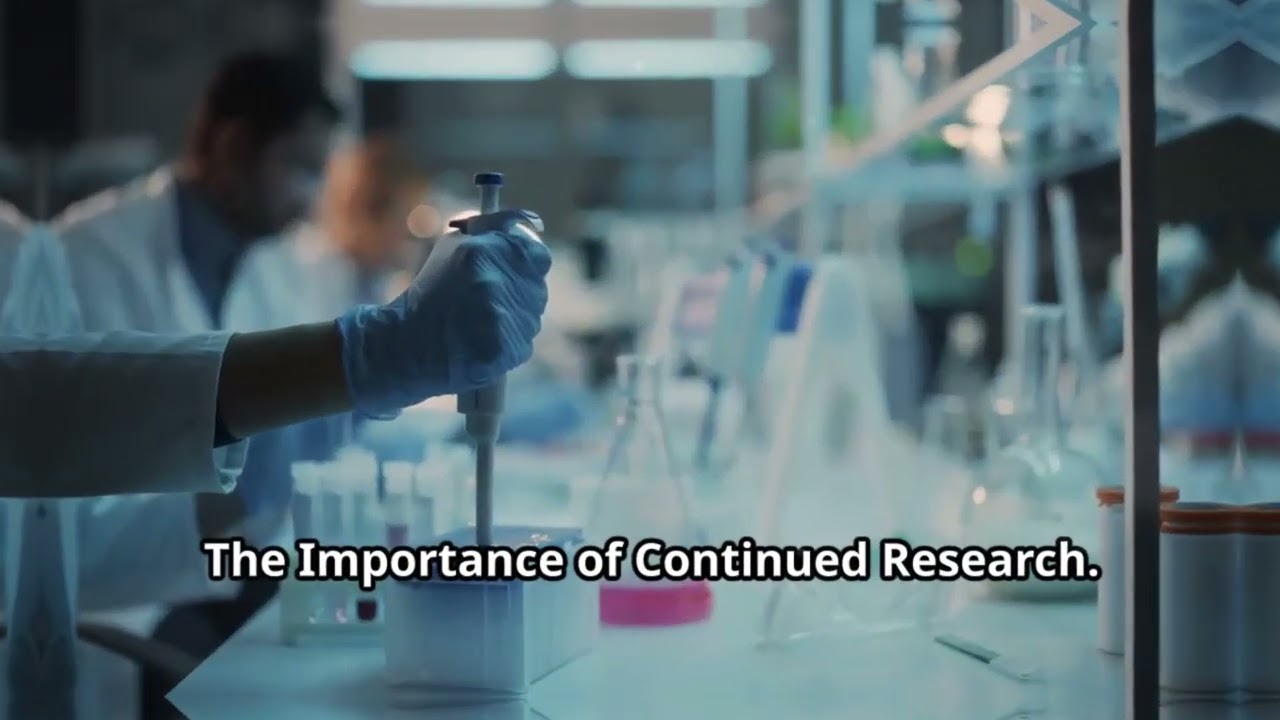
How Wireless Technology Induces Cellular Stress and Why It Matters
The document “Stress sharing as cognitive glue for collective intelligences A computational model of stress as a coordinator for morphogenesis” aligns well with the notion that stress responses play a critical role in maintaining cellular communication and coordination. This understanding can be extrapolated to interpret cellular stress responses from exposure to electromagnetic fields (EMF) and their implications, particularly in the context of reactive oxygen species (ROS) production and the broader discussion on the effects of wireless technology.
Introduction
As our reliance on wireless technology grows, so does our exposure to electromagnetic fields (EMF). While these technologies bring convenience, numerous studies have shown that they also lead to increased production of reactive oxygen species (ROS), a key indicator of cellular stress. Understanding how this stress affects our cells and overall health is crucial, especially in light of recent research findings and the cessation of important studies under the current Biden administration.
Understanding Cellular Stress Responses
Cellular stress responses are the mechanisms by which cells react to adverse conditions. One primary indicator of cellular stress is the production of ROS, which can damage cellular components and disrupt normal functions. In their paper, Lakshwin Shreesha and Michael Levin discuss how stress sharing among cells enhances their ability to coordinate and maintain proper morphogenesis. This concept can help us understand the broader implications of cellular stress induced by EMF exposure.
EMF Exposure and ROS Production
Approximately 92% of EMF studies report an increase in ROS production, highlighting a consistent stress response in cells exposed to electromagnetic fields. This oxidative stress can lead to various health issues, from impaired cellular function to chronic diseases. Understanding this connection is vital as we navigate the increasing presence of wireless technology in our lives.
Implications for Cellular Communication and Health
Stress sharing, as explored in the context of morphogenesis, is crucial for maintaining cellular communication and coordination. When cells share stress signals, they can collectively respond to and mitigate damage. However, EMF-induced stress responses may disrupt this process, leading to impaired cellular functions and compromised tissue health. These disruptions underscore the need to revisit safety guidelines for wireless technology.
The Importance of Continued Research
Despite clear evidence linking EMF exposure to cancer and other health risks, funding for continued research has been halted. This lack of support prevents us from fully understanding the long-term effects of EMF and hinders the development of updated safety standards. Advocating for more research is essential to protect public health.
Call to Action
To address these issues, it’s crucial to push for more research and updated safety guidelines. In the meantime, there are practical steps individuals can take to reduce EMF exposure, such as using wired connections instead of wireless, keeping devices away from the body, and minimizing the use of wireless devices. Staying informed and involved in discussions about EMF and health can also make a significant difference.
The hidden dangers of wireless technology, particularly its impact on cellular stress responses, are becoming increasingly clear. By understanding these risks and advocating for continued research and better safety standards, we can protect our health and well-being in an increasingly wireless world. Share your thoughts and experiences in the comments below, and let’s work together to address these crucial issues.
Key Points Linking EMF Exposure to Cellular Stress Responses
- Reactive Oxygen Species (ROS) and Cellular Stress:
- Studies indicate that approximately 92% of EMF research shows an increase in ROS, a marker of cellular stress.
- ROS production is a common response to various stressors, including EMF, leading to oxidative stress and potential cellular damage.
- Stress Sharing in Morphogenesis:
- The paper discusses how cells share stress signals to coordinate and maintain proper morphogenesis.
- Stress sharing enhances the movement and influence of cells, ensuring robust development and maintenance of structures.
- Implications of EMF-Induced Stress:
- Similar to the stress sharing mechanism in morphogenesis, EMF-induced stress responses may disrupt cellular communication.
- Increased ROS and subsequent oxidative stress can interfere with the cells’ ability to coordinate and maintain homeostasis.
- Impact on Cellular Communication:
- Proper cellular communication is essential for maintaining physiological functions and responding to environmental changes.
- EMF exposure, leading to increased ROS and cellular stress, might impair these communication pathways, potentially resulting in adverse health effects.
- Lack of Continued Research Funding:
- The cessation of funding for the National Toxicology Program’s (NTP) cancer research under the Biden administration, despite clear evidence of cancer risks, highlights the need for further investigation into EMF effects.
- Continued research is critical to understanding the long-term implications of EMF exposure and its impact on cellular stress responses and overall health.
Extrapolation to Broader Biological Implications
- Stress Response as a Coordinating Mechanism:
- The concept of stress sharing underscores the importance of stress responses in maintaining cellular functions.
- Disruption of these stress responses by EMF exposure could have significant implications for tissue integrity and function.
- Health and Safety Regulations:
- Given the evidence of ROS production and cellular stress from EMF exposure, there is a pressing need to revisit safety guidelines and regulations.
- Outdated guidelines may not adequately protect against the subtle but critical effects of EMF on cellular health.
Conclusion
The insights from the document on stress sharing in morphogenesis can be extended to understand how EMF exposure impacts cellular stress responses. The increase in ROS and oxidative stress from EMF exposure suggests potential disruptions in cellular communication, which are vital for maintaining physiological functions. The lack of continued funding for research into these effects underscores the need for updated safety guidelines and further investigation to fully understand and mitigate the health risks associated with wireless technology.







